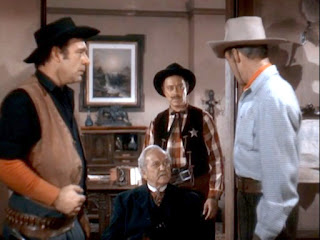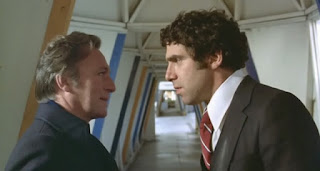Directed by John Frankenheimer; produced by Frank Mancuso Jr
A team of five mercenaries (Robert DeNiro, Jean Reno, Sean Bean, Stellan Skarsgård, Skipp Sudduth) is recruited by an Irishwoman (Natascha McElhone) to steal a briefcase from whom she describes as men determined to prevent just such an occurrence. Though the team works well together, they find that their actual objective may be the easiest part of the assignment, as they face betrayal, murder, deceit and divided loyalties at every turn.
Ronin is a straightforward action film, with a few twists to the plot that add to the excitement but don’t really complicate the story. The direction is excellent; Frankenheimer’s best movies involve less gunplay and fights, and more political or personal conflict, but he is nonetheless in fine form here. There are a couple of thrilling car-chases - the second in particularly puts the viewer on the edge of his seat. Ronin is a violent movie and no mistake, though not gory or bloody, but bullets fly in every direction and fast cars become battering rams. This should satisfy the viewer who likes battles with more realism than he would find in a Rambo flick.
Characters are not neglected here, though it is principally those of DeNiro and Reno that are developed. These two form a friendship and trust based on their own kind of honour and professionalism, and that provides some decency in the story amid the shifting alliances and uncertain devotion of practically everyone.
The lack of concern among the mercenaries for the safety of by-standers is rather off-putting - Skarsgård is so amoral even his former colleagues in the KGB are aghast at his behaviour - but it is also, I suppose, to be expected. The cast is well-chosen: the mercenary group is what one would probably find in real-life, men who look like anything but hardened warriors. DeNiro could be a businessman, Reno a bureaucrat; overweight Sudduth and bespectacled Skarsgård hardly fit the image of hired soldiers.
The writing is neither good nor bad, but adequate, and the contents of the mysterious case are never important, as the movie is about the chase - the journey, rather than the destination. In the end, it will be the thrills and excitement that will be remembered in any event. Ronin won’t tax the intellect but it will stimulate the nerves.



























